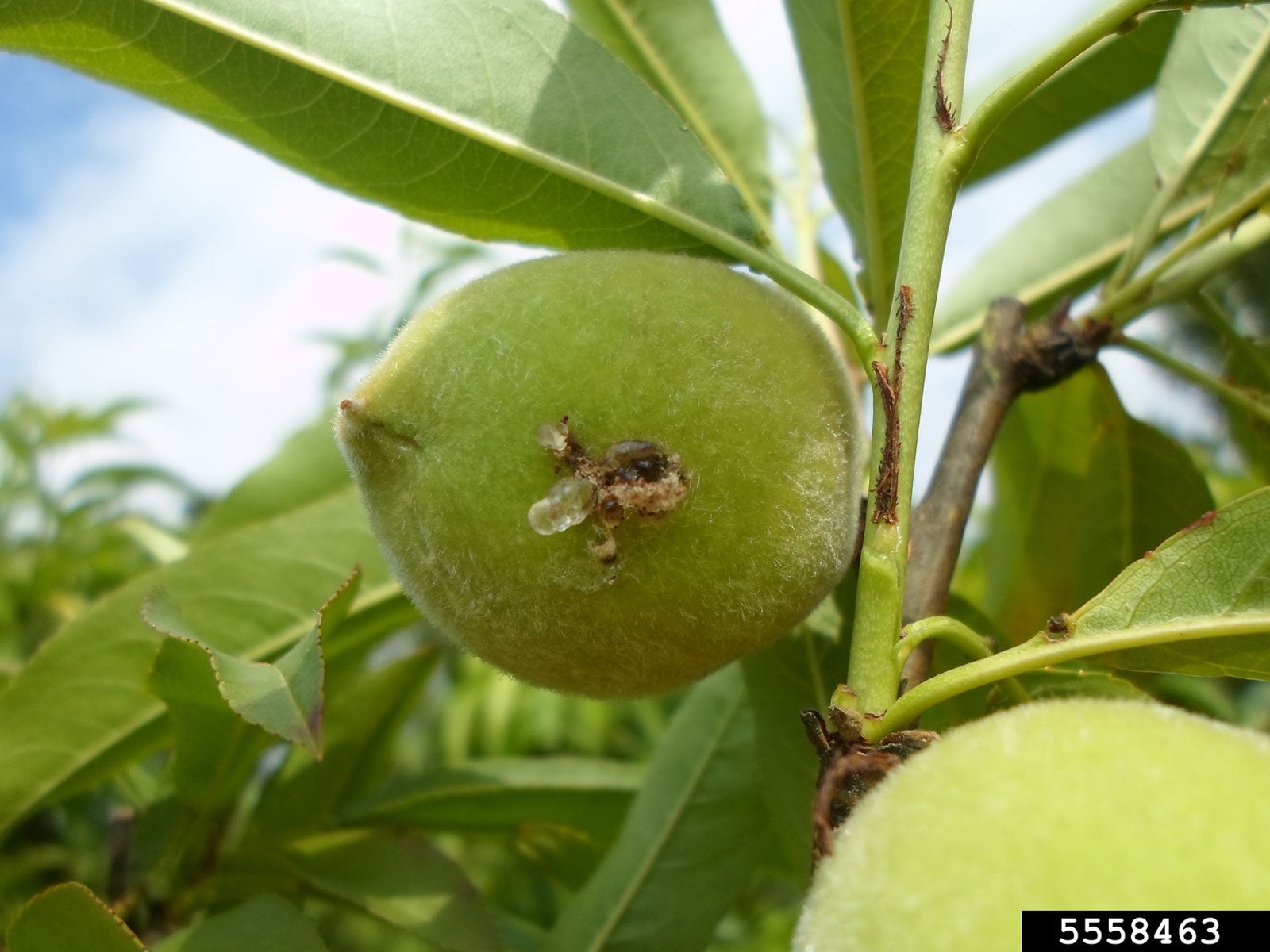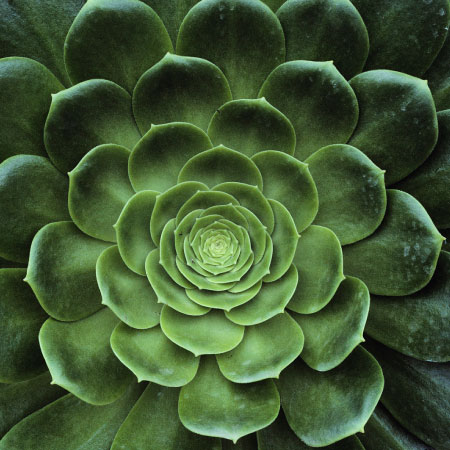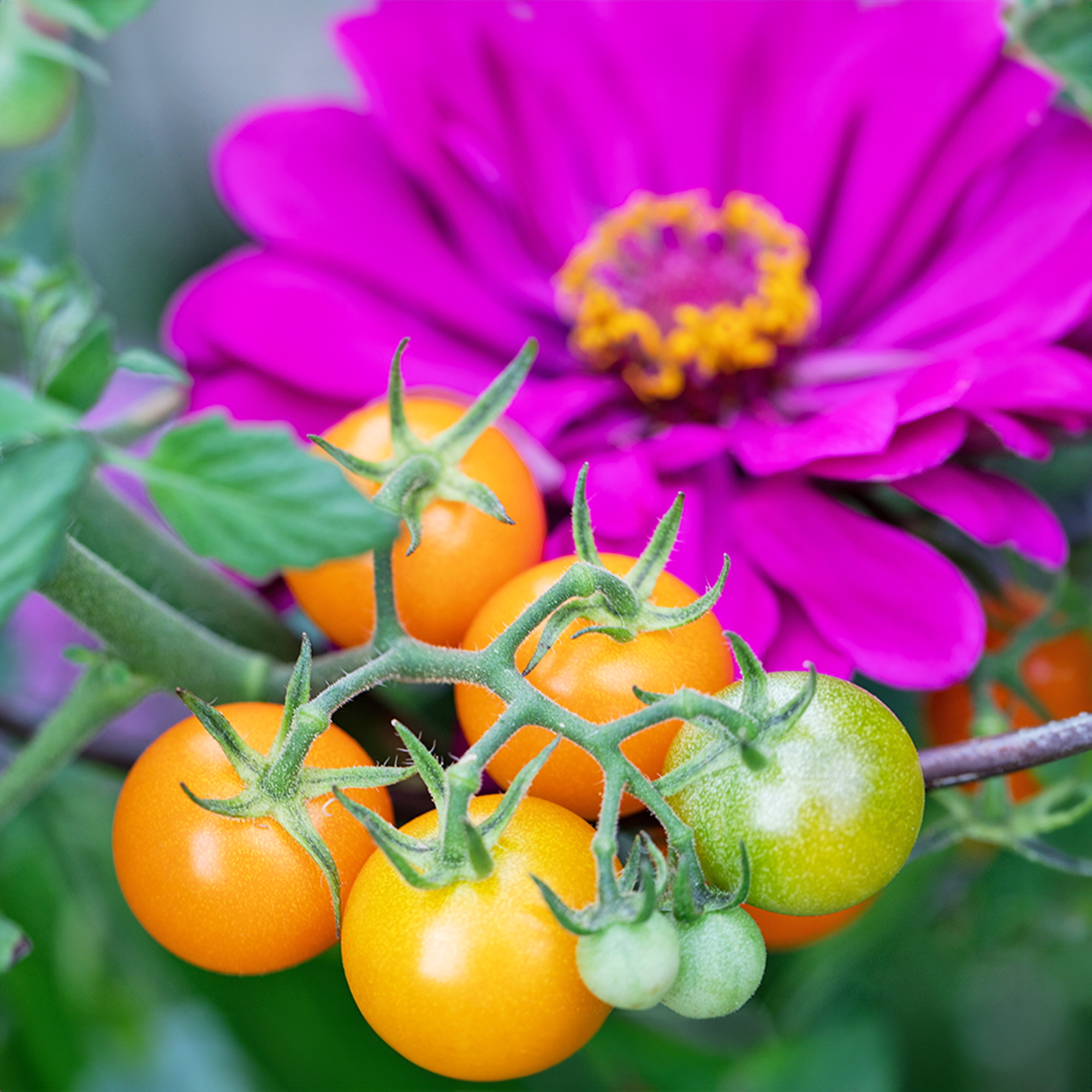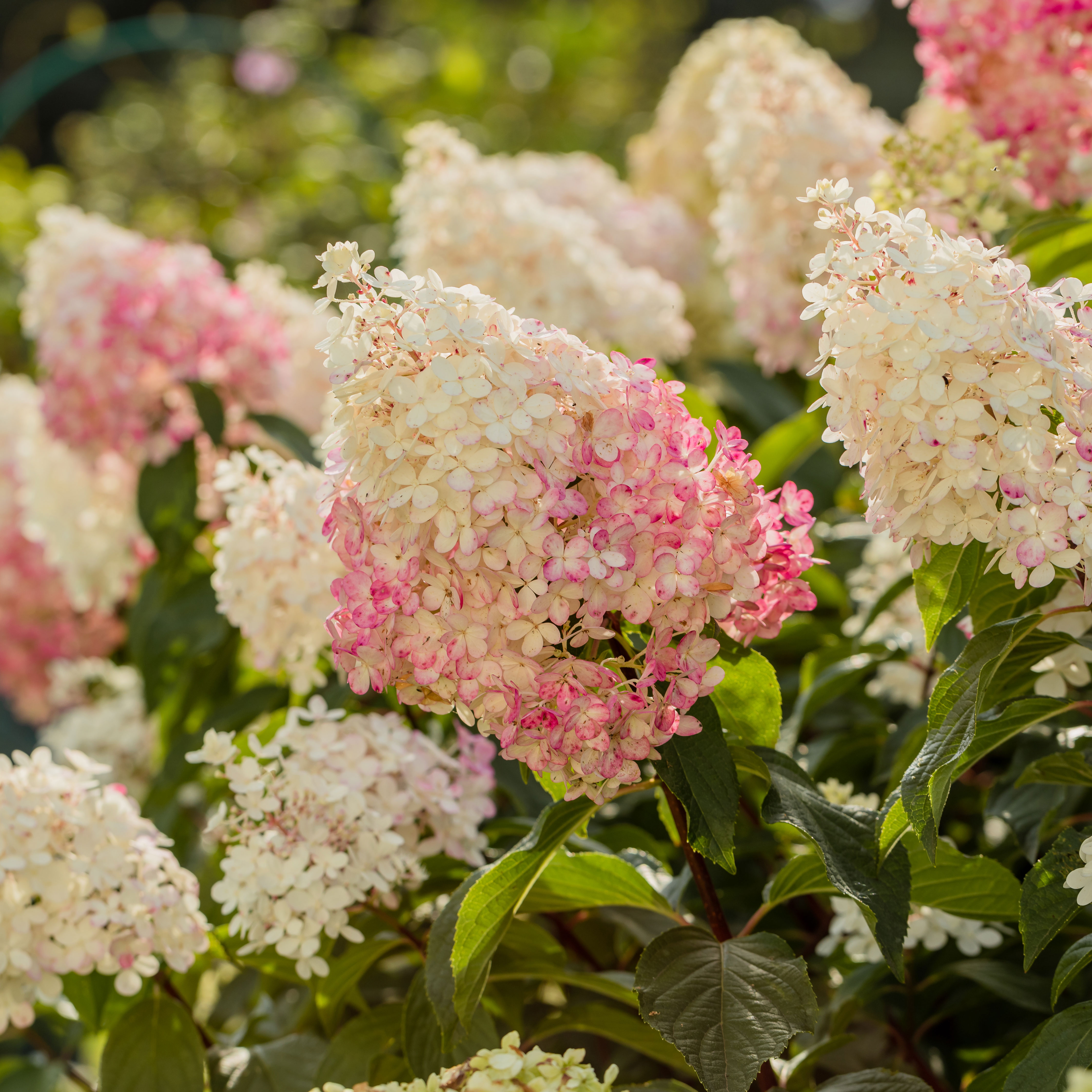Fruit Moth In Peaches – How To Kill Oriental Fruit Moths On Peaches


Oriental fruit moths are nasty little pests that wreak havoc in a number of trees including cherry, quince, pear, plum, apple, ornamental cherry, and even rose. However, the pests are particularly fond of nectarines and peaches.
Fruit moths in peaches aren’t easy to control, but the following information should be helpful. Read on to learn more about oriental fruit moths in peaches.
Peach Fruit Moth Symptoms
Adult fruit moths are gray with dark gray bands on the wings. The adults lay tiny, disk-shaped eggs on twigs or the undersides of leaves. They fly in the evening or sometimes early in the morning. The eggs are white but eventually change to amber. One female moth can lay as many as 200 eggs. Oriental fruit moths generally have four or five generations per year.
Oriental fruit moth larvae, which are white with dark heads, turn pinkish as they mature. The larvae overwinter in cocoons, which may be seen on the tree or the ground. In spring, the larvae bore into twigs, causing dieback and wilt.
The next generation of larvae bores into developing fruit, often leaving masses of gummy castings or “frass.” Later generations enter the stem end of the fruit, especially at the top of the tree. Tiny entry holes in peaches with oriental fruit moths are difficult to see and are often an unpleasant surprise after the fruit is harvested.
How to Kill Oriental Fruit Moths
Controlling fruit moths in peaches isn’t easy, but with some simple approaches, it can be possible. If you plan to plant new peach trees, plant early cultivars that will be harvested by midsummer. Cultivate the soil around the trees in early spring. Working the soil to a depth of about four inches (10 cm.) will help destroy overwintering larvae. Plant blooming cover crops that will attract beneficial predatory insects, including braconid wasps.
Pheromone dispensers hung from the lower limbs of trees in February, and again 90 days later, will help prevent peaches with oriental fruit moths by interfering with mating. However, pheromones are generally used in orchards and may not be effective for home gardens.
Gardening tips, videos, info and more delivered right to your inbox!
Sign up for the Gardening Know How newsletter today and receive a free copy of our e-book "How to Grow Delicious Tomatoes".
Dormant oils aren’t effective against fruit moths in peaches, but some insecticides, including pyrethroids, are suitable for home use. Check with your local cooperative extension office as many are highly toxic to bees while others threaten fish and other aquatic life if the spray drifts or runs off.

A Credentialed Garden Writer, Mary H. Dyer was with Gardening Know How in the very beginning, publishing articles as early as 2007.
-
 8 Perfect Flowers To Plant With Tomatoes To Boost Yields & Banish Pests
8 Perfect Flowers To Plant With Tomatoes To Boost Yields & Banish PestsDon’t forget flowers when choosing companion plants for your tomato beds or pots. These pretty, fragrant blooms add beauty but are also highly beneficial.
By Mary Ellen Ellis
-
 Want The Longest Lasting Hydrangea Flowers? Grow These 8 Panicle Hydrangea Varieties
Want The Longest Lasting Hydrangea Flowers? Grow These 8 Panicle Hydrangea VarietiesFor ornamental shrubs that deliver the longest flowering seasons with plush blooms and delicate hues, these panicle hydrangea varieties are essential in your yard
By Tonya Barnett